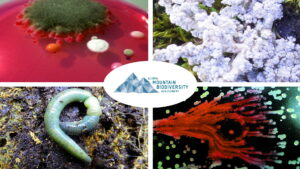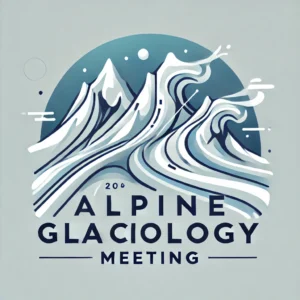Abstract/Description
During the twentieth and early twenty-first centuries, mountaineering book festivals were often dominated by a certain kind of formulaic narrative, which John Appleby, late editor of the literary climbing blog Footless Crow, termed “subzero suffering and derring do.” In these stories, protagonists—generally White men—battle the elements, their minds and bodies so focused on the task at hand that the rest of the world seems to vanish. Claiming a coveted summit, they return with some form of gain, such as national glory or personal fulfillment.
More recently, however, an increasingly diverse group of writers has redefined the genre, shattering barriers that once excluded them. For this talk, I will focus on the work of two such authors celebrated during the 2024 Banff Centre Mountain Film and Book Festival in Canada: Headstrap: Legends and Lore from the Climbing Sherpas of Darjeeling by Indian authors Nandini Purandare and Deepa Balsavar, which won the Climbing Literature Award; and British Mountaineers, Welsh writer Faye Latham’s collection of erasure poetry, which was displayed in a festival exhibition.
Both books encourage readers to read between the lines of past stories, to look for what is missing or erased, and to be open to new stories emerging through the gaps. Striving to restore what has been lost in a Western-dominated canon, they venture beyond incomplete written records to collect oral histories or to engage with physical objects—such as the fibers that bind an old book together or a coin box filled with mementoes of expedition porters. Instead of the linear arc common to tales of colonial conquest, they assert the value of different kinds of storytelling, with interweaving lines and voices that offer deeper layers of complexity, reciprocity, and counternarratives.
The overwhelming success of these works at the festival—along with similarly innovative books—reflects a larger paradigm shift in the writers and audiences of mountain literature around the world. At a time of rising censorship and backlash against diversity, equity, and inclusion in the United States and elsewhere, such literary efforts may become more and more significant as a means of resistance.


